It was the lorry driver shortages in 2021 that first prompted suppliers to stop deliveries. And it clearly planted a seed. This week, Diageo announced it was setting minimum order quantities (MOQs) at £2m per annum for direct supply. Rules that are expected to exclude all but the biggest wholesalers in the country, with smaller cash & carries and buying groups losing out too.
No doubt Diageo will have crunched the numbers carefully before making the decision. And it’s easy to grasp. From a supply perspective, duty, labour, fuel, driver wages, training and fleet management are all expensive. But the decision is just as likely demand based, tracing back to the lost volumes that, like so many branded suppliers, Diageo has experienced lately.
In the quest to recover (or grow) volumes, the easiest share gains are to be made from increased distribution. But there’s a balancing act between share and profitability. And supporting complex distribution networks can easily dilute profits.
As such, suppliers are placing their bets on the biggest volume opportunities. And once again that favours not only supermarkets, with their massive economies of scale and continued encroachment into convenience, but also symbol operators, who as our franchise & fascia convenience report makes clear, are also (mostly) growing their store reach.
Nor is Diageo alone. The likes of Mars, LRS and Ritter Sport have all been scaling back supply to smaller wholesalers. What marks the Diageo move out is the punchy £2m MOQ. And the danger is the situation snowballs, breaking a further link in the wholesale chain. Suppliers have relied on smaller wholesalers to achieve the broad reach and distribution that has been part and parcel of success. But for how much longer?
Charity begins at home. That’s the depressing con-clusion reached by the Co-op as it announced the scrapping of its 2p+2p in the pound reward scheme.
It’s realised what its shoppers – sorry, members – want is what everyone wants right now: cheaper prices. Since introducing ‘Member Prices’ on 175 own-label lines last April, membership has increased by 15%, so it’s doubling down, adding another 120 lines. And crucially, discounts will include (and no doubt be funded by) brands.
Meanwhile, the points members accrued via the ‘rewards’ scheme, which have been redeemed by retailers and donated to charities, will be jettisoned. In doing so, CEO Shirine Khoury-Haq is hoping Co-op membership will increase from five million to eight million members in the next six years, demonstrating the resurgent power of loyalty cards, to herald “a golden age in co-operation”, she says.
What’s not clear is how this “co-operation” will work without a direct link. Khoury-Haq insists Co-op membership is more than a loyalty scheme. It’s “a different way of doing business”. But how will the Co-op demonstrate its social value and ownership value to members? It’s donated £138m to good causes in the past seven years. And it’s vowed to ringfence next year’s contribution at the same level. But how will success as a business correlate? The divi was clear. The rewards scheme construct also. Here, there’s a leap of faith. Will members jump?







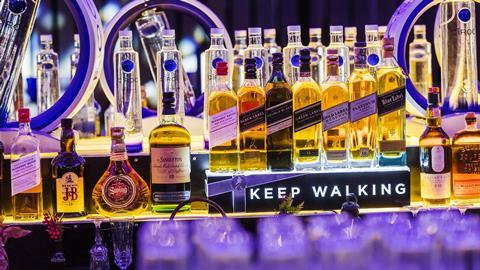
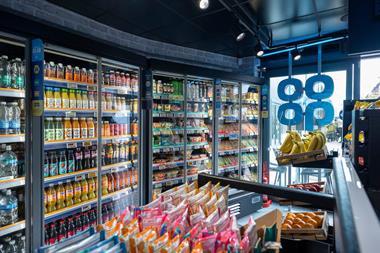
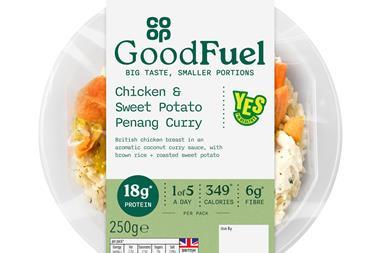



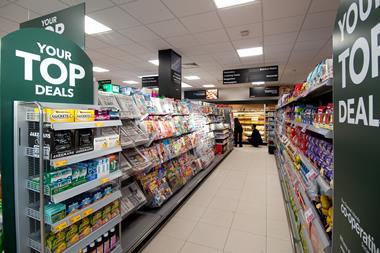


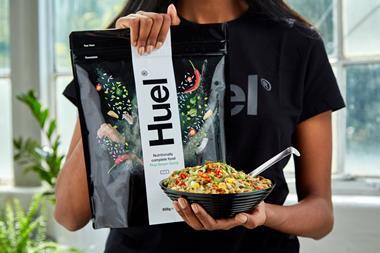



No comments yet